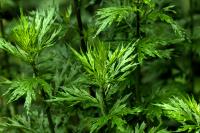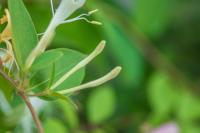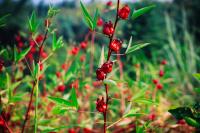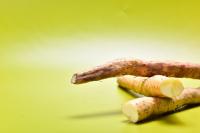1、 What's your name
The fruit of the horse chestnut is called Borneo. Also known as Suluo Zi and Lingluo Zi, it is the seed of horse chestnut, and its maturity is from September to October. The shape is nearly spherical, the top is flat or slightly pointed, and the appearance is densely covered with yellowish brown spots. The fruit shell is very thin, only 1.5-2 mm thick when dry, and often 3-valved when mature. There are 1 seed and few 2 well-growing seeds, which are round and spherical in shape. It is mostly cultivated and rarely wild. It is mainly distributed in Shaanxi, Gansu, Hebei, Henan, Shanxi, Jiangsu, Zhejiang and other places.

2、 Function
1. Medicinal value: the fruit of horse chestnut can be used as medicine. It is a traditional Chinese medicine, named saluozi. It has certain medicinal value and can play a variety of functions and functions, such as calming nerves and regulating qi, anti-inflammatory, detumescence and so on. It has a good effect on relieving chest and abdominal distension and abdominal pain during menstruation.

2. Edible value: the fruit is edible, looks like chestnut, and tastes bitter before sweet. Before eating, you can pass the alkaline water to remove the astringency. It should be noted that the fruit is toxic and can only be eaten after cooking at high temperature.
3. Economic value: the fruit of horse chestnut contains fatty oil, starch, fiber and crude protein. It can extract starch and extract oil.


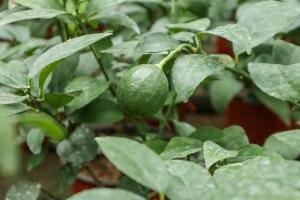 The efficacy and fun...
The efficacy and fun...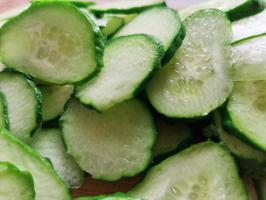 The efficacy and fun...
The efficacy and fun...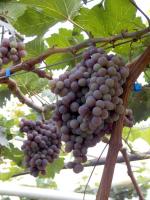 The benefits of eati...
The benefits of eati...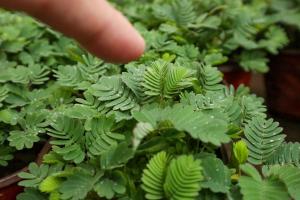 Why is Mimosa called...
Why is Mimosa called...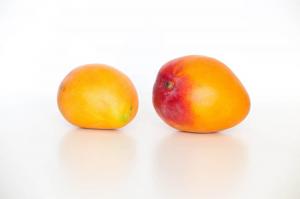 What can't mango be ...
What can't mango be ...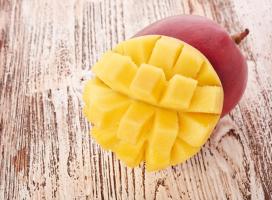 The efficacy and fun...
The efficacy and fun...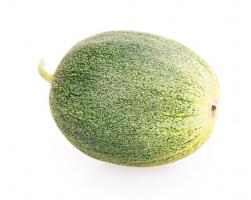 Is watermelon a frui...
Is watermelon a frui...



























